Can You Daily a Luxury Watch? Myths and Maintenance Tips
Lifestyle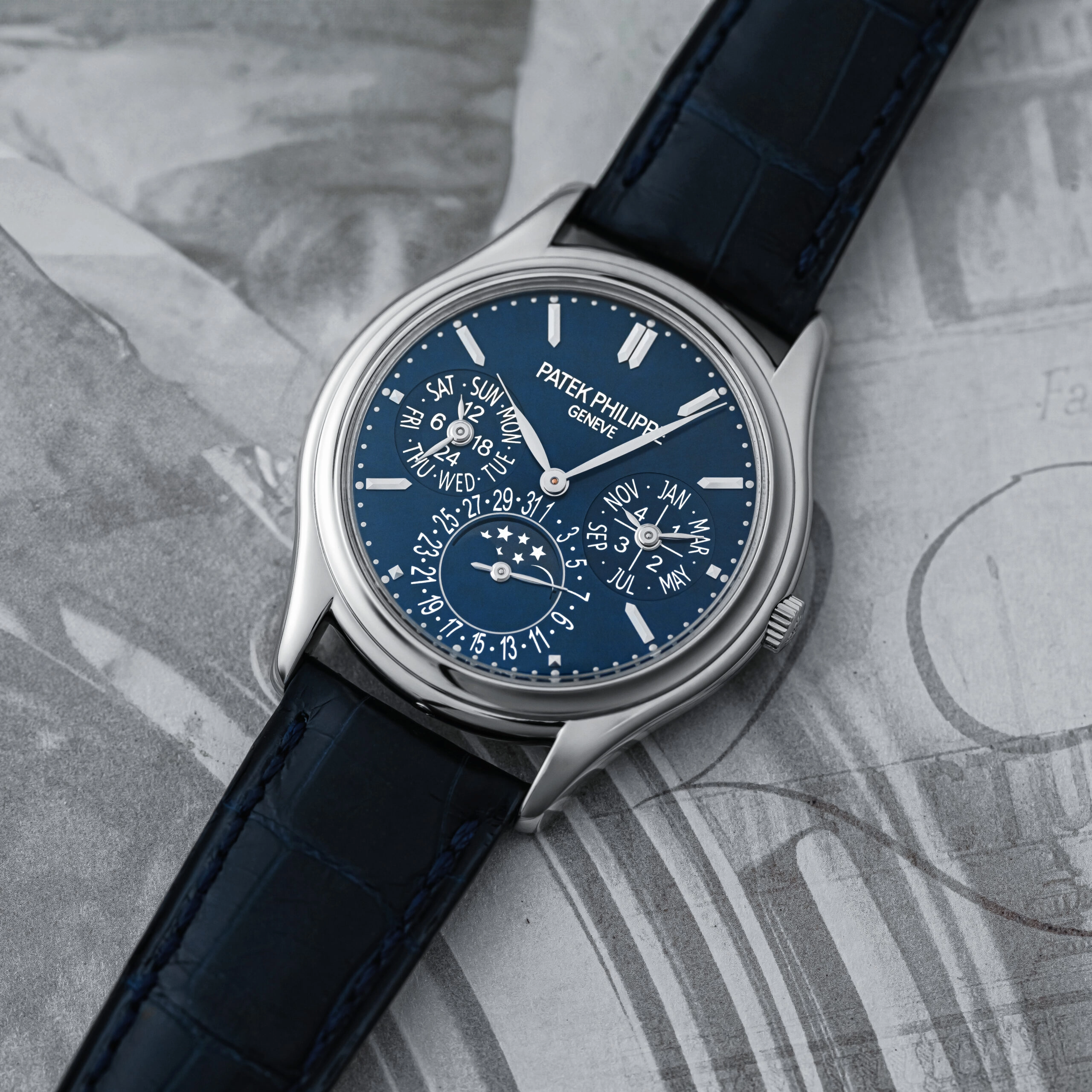
Luxury watches often carry a mythos that makes them feel more like delicate heirlooms than wearable tools. Ask around and you’ll hear it: “You can’t daily a Patek.” “Vacherons are too fragile for real life.” But how much of that is actually true?
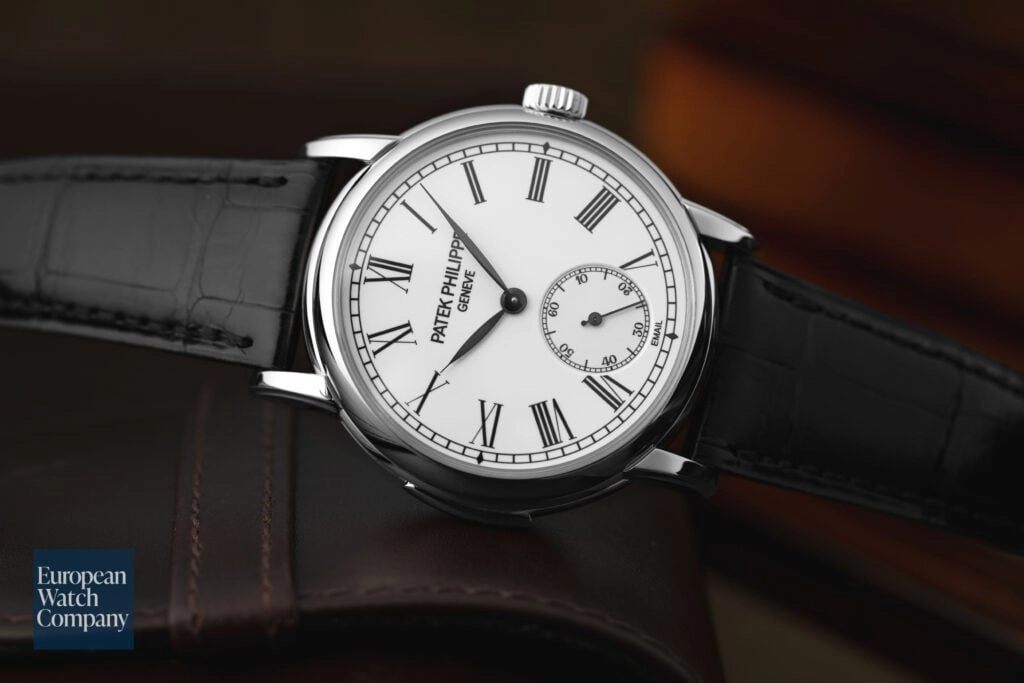
Let’s get this out of the way. Luxury watches are built to be worn. Still, the fear of “ruining” a fine watch through daily use is common. So we asked two respected watchmakers to separate myth from reality and to share how you can confidently wear your favorite timepiece every day.
Myth #1: Hand-Finished Means Fragile
There’s a common assumption that highly finished watches are inherently delicate. That’s not necessarily true.
Hand-finishing makes a movement look like jewelry, but it doesn’t make it less precise or robust. What it can do is make wear more visible. Black-polished steel or hand-angled bridges show scratches more easily. But that’s a cosmetic issue, not a mechanical one.
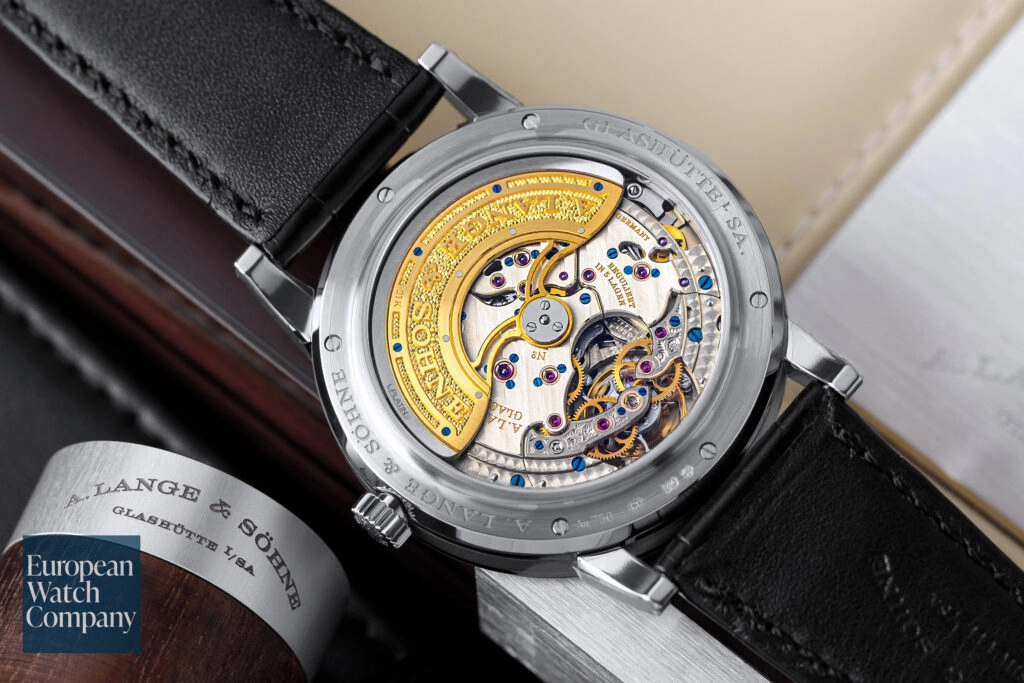
Simon Freese, a London-based watchmaker at Tortoise Watches in Mayfair, saw this firsthand. “A watch tends to pick up the scars of life, and that’s fine,” he said. “Some owners are just more mindful than others. Little things like brushing a doorframe or how you set the watch down can make a real difference over time.”
He also pointed out an interesting pattern. “Men, generally speaking, tend to be more obsessive and cautious with their watches. Maybe because it’s their only piece of jewelry. You can often tell who’s been mindful and who hasn’t, just by what ends up on the workbench.”
Myth #2: “Everyday” Means Abuse
Wearing a watch daily doesn’t mean rock climbing with it or showering with it on. It just means incorporating it into real life: meetings, dinners, errands, travel.
Of course, some discretion helps. A perpetual calendar with a moonphase and a 30-meter water resistance rating isn’t ideal for a beach holiday. But for daily life, it’s completely reasonable.
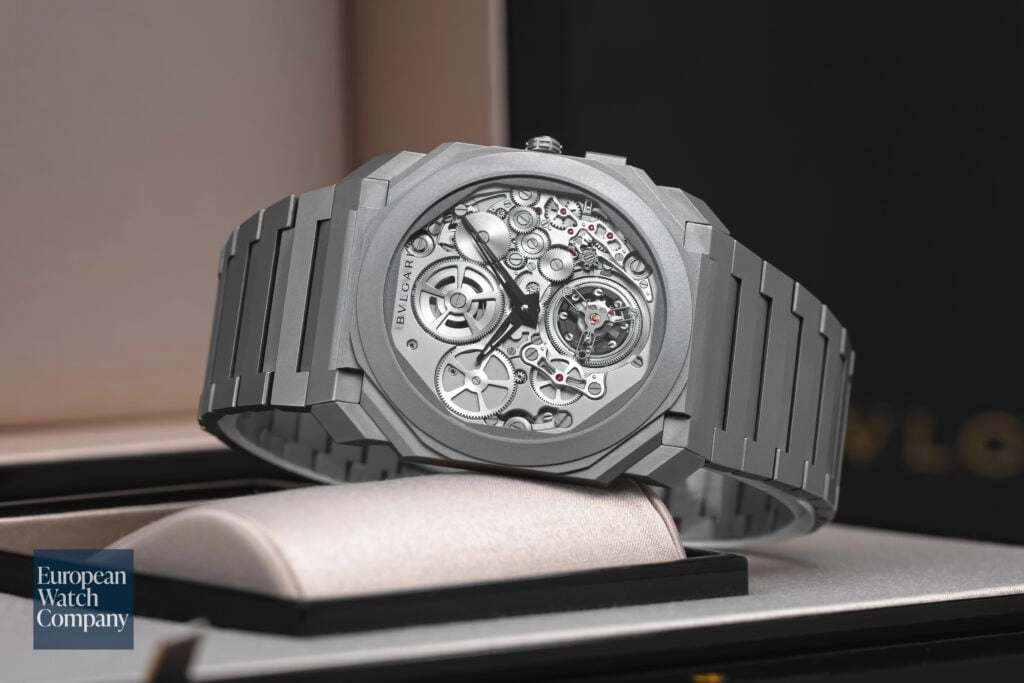
Freese noted that even small habits could make a difference. “The clasp is one of the first areas to show wear,” he said. “Just placing the watch face-up on a desk instead of clasp-side down can help reduce scratches.”
He also commented on the growing obsession with preservation. “It’s not unusual to see modern watches come in with the protective plastic still on the clasp. People today are very conscious of resale value.”
Myth #3: Complicated Movements Require Constant Babying
Perpetual calendars, minute repeaters, and tourbillons can seem intimidating. And yes, they require more specialized care. But that doesn’t mean they’re too delicate to wear.
French watchmaker Theo Auffret, founder of his own brand and co-creator of the indie microbrand SpaceOne, took a practical approach. “Even though it’s not a traditional sports watch, I designed my Grand Sport for daily wear,” he said. “I chose titanium over precious metals, used a solid strap, and designed lighter hands to improve durability.”
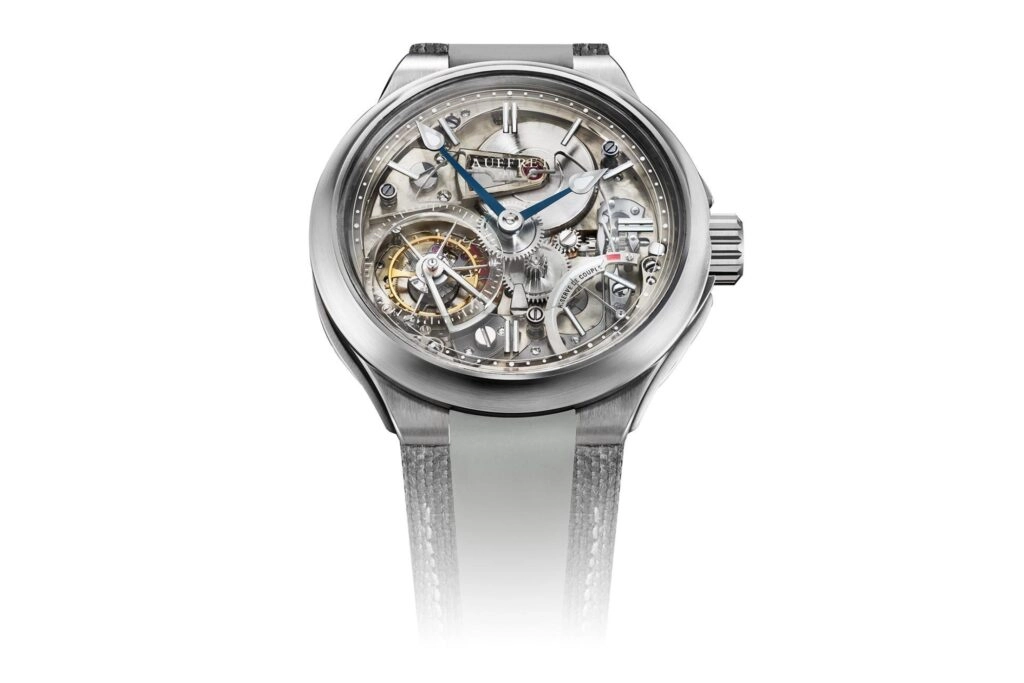
The real issue, according to Freese, wasn’t fragility. It was misuse. Aggressively winding a watch or setting the date during the “danger zone” (typically between 9 p.m. and 3 a.m.) could cause damage. “If you wind an automatic manually with too much force, you can wear down the rotor and winding system,” he explained. “A few gentle turns are enough. Let your wrist do the rest.”
Proactive Maintenance Makes All the Difference
If you’re going to wear a luxury watch every day, treat it like a vintage car or a fine pair of leather shoes. Regular, low-effort care makes a big difference.
Wipe it down with a microfiber cloth. Avoid sudden knocks and hard surfaces. Don’t place it face-down.
Routine servicing was important. Auffret recommended a full service every six years for watches that got regular wear. But if something felt off, he advised bringing it in sooner.
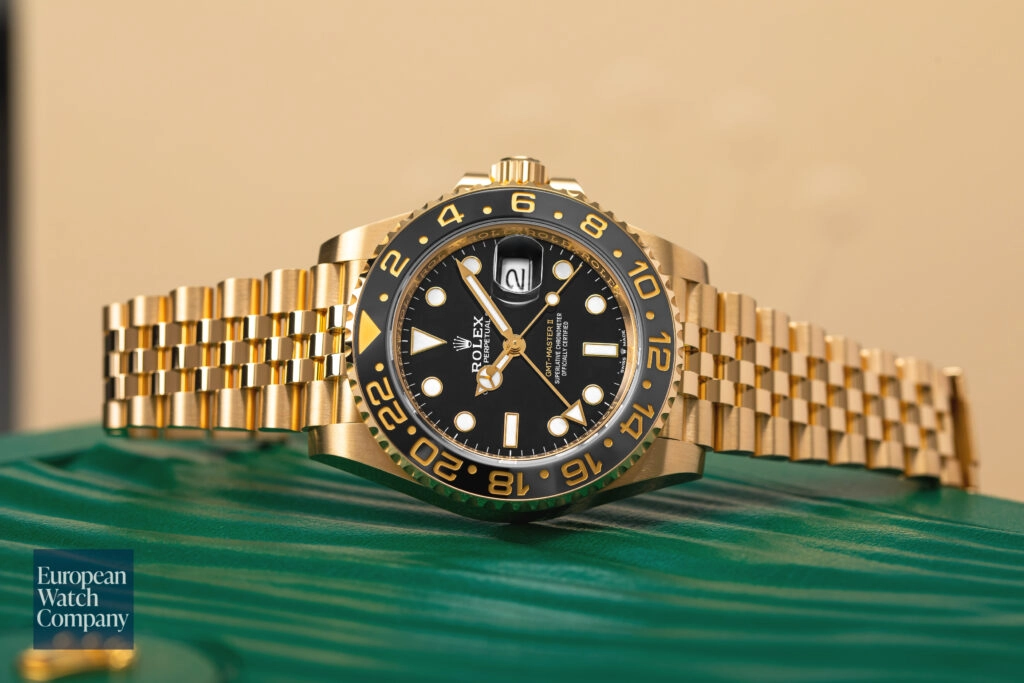
Freese also advised against relying too heavily on watch winders. “People think they’re helping by keeping watches running all the time, but constant winding wears down the lubrication in automatic movements. If you’re not wearing it, store it properly instead,” he said.
For those who liked to fine-tune their timekeeping, he shared a small tip. “How you rest your watch overnight can affect its accuracy slightly. Try laying it dial-up, crown-up, or crown-down to see if it improves the rate. It’s a small thing, but it can help if you’re noticing a bit of daily drift.”
Why Wearing Your Watch Matters
There is also an emotional side to all of this. A watch that lives in a safe isn't fulfilling its purpose. These aren't just trophies. They are functional art, designed to accompany you through life.
Every nick, fade, or scratch can add character, as long as it isn't actual damage. And let’s be honest, you didn’t buy a beautiful watch just to admire it behind glass.